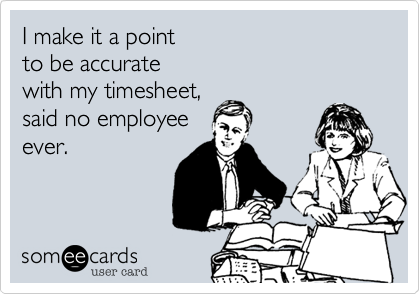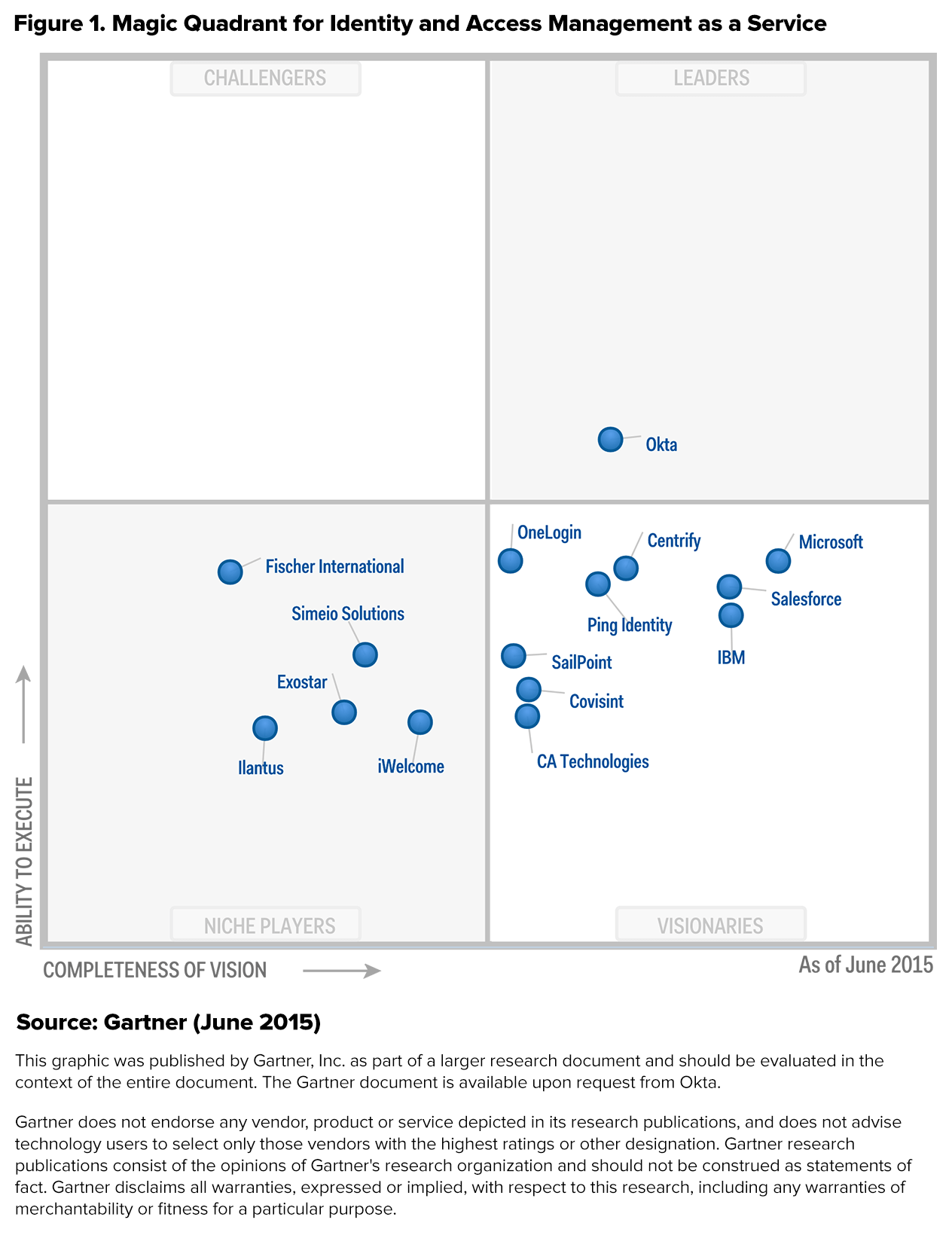At Pacific Timesheet, it's true that we like timesheets a lot because, well, that's what we do. But we also know that there are a lot of employees out there who hate timesheets. I mean, really really hate them.
When we studied what employees have to say about timesheets in social media, we found some notable harsh truths. Below we've gathered tweets that represent how workers feel about timesheets. Just a warning: some of these are really "mean tweets."
Marisa Jue
Recent Posts
Classifying Workers: Employee or Independent Contractor?
Posted by Marisa Jue Mar 15, 2016 7:00:00 AM on
As an employer, one of your most important responsibilities is properly classifying workers as either employees or independent contractors. Properly classified independent contractors can save your enterprise money, especially in the form of saved payroll taxes and employee benefits. On the other hand, misclassifying workers as independent contractors can be extremely costly. Later, we'll talk a little about how to protect yourself from misclassification lawsuits.
Consider the case of home improvement leader Lowe’s Home Centers. Last January, Lowes agreed to pay out $10 million in a settlement agreement of a class action suit brought by home improvement and installation workers who were improperly classified as independent contractors. The court found that the workers should have been classified as employees due to the fact that “Lowes had the right to control, and did control, all aspects of installation jobs.”
Topics: employee labor rules
Top 3 Reasons Projects Fail & What You Can Do About It
Posted by Marisa Jue Dec 3, 2015 9:00:00 AM on
Before getting started on that new project, pause for bit. At least two thirds of IT projects do not to live up to expectations. It's much more than simply running over budget. There are a few root problems that consistently arise in failed projects.
You see, it turns out that two thirds of all projects fail to meet original expectations. What are the biggest culprits?
Requirements phase problems:
86% of project participants in one survey said they have had major requirements phase problems, like:
Requiremnts are too vague.
Stakeholders are not on same page.
Requirements definition often gets short shrift.
Goals are too often overambitious or unrealistic.
There might be a mismatch between requirements and decided solution or project goals.
Project scope creep:
67% surveyed believed that scope creep leads to failure. Scope creep is the problem of project teams adding, or being forced to add by others, more and more problems to be addressed by the project. As things pile on, the project gets bogged down and starts to fall short of accomplishing its original goals.
Project Team and Management problems:
Poor project managers.
Lack of senior executive support.
Chosen vendors are not fully qualified.
Specific task setting is poor.
Key technical skills are missing.
Topics: Projects
You might already be aware of the risks of excessive overtime on employee health and overall productivity. Then there's employee overtime that seems unreasonable. On its face, these are overtime hours that should not pass any smell test and they usually result from a combination of timesheet fraud, poor time tracking and monitoring systems.
LADOT Audit Uncovers Millions in Overtime
In May 2015, the office of Los Angeles City Controller Ron Galperin released the shocking findings of its audit of the L.A. Department of Transportation (LADOT). The audit was triggered by an anonymous tip alleging overtime abuse.
Focusing on the LADOT’s paint and sign division, the audit found “staggering” amounts of overtime that ultimately cost the city $3.3 million in a single fiscal year. The LADOT paid out more over time in 2013-2014 than any other city department, with the exception of the Fire Department.
Topics: time tracking, fraud, Overtime tracking
According to recent Cisco projections, the Internet of Things (IoT) is a $14 trillion revenue opportunity that Gartner estimates will contain 25 billion connected things by 2020. It is increasingly recognized that the full potential of connected devices and systems can only be achieved when these connected things are associated with individual identities. According to IoT Evolution World, products and services connected through individual identities can increase value for customers by providing highly personal experiences and allowing enterprises to not only monitor their product’s performance, but also better understand how customers use them.
Of course, with an increasing number of products and services connected by identities, there is a growing need for strong identity management providers to ensure these connected systems remain secure.
Four Identity Focused Security Concerns
As you begin to look for an identity and access Management as a Service (IDaaS) provider, there are several key areas of security to be concerned with.
Topics: SSO IAM
Employee Benefit Plans: Department of Labor Audit Triggers & How to Avoid Them
Posted by Marisa Jue Oct 19, 2015 9:06:52 AM on
All companies employee benefit plans can be subject to a U.S. Department of Labor (DOL) audit at any time. Traditionally, the DOL has had the authority to conduct an investigation of your company’s employee benefits plan anytime to ensure it is in compliance with the Employee Retirement Income Security Act (ERISA). But over the past couple of years, the DOL’s Employee Benefits Security Administration (EBSA) has expanded its scope to include enforcement of the ever-expanding Affordable Care Act (ACA) regulations. All of this means you need to take even more precautions and be better prepared than ever.
Data from audits of retirement plans in 2013 reveal that 75% of those audit investigations resulted in penalties and required some corrective action. Corrective actions resulted in major payouts and lost profits.
In this post we want to make you aware of the most common audit triggers and how you can prepare for an audit or, ideally, avoid one altogether.
As we start to move into cold and flu season, here’s something to think about: 43 million workers in the United States do not have access to paid sick and family leave. Likewise, the U.S. is the only developed country that does not have mandatory national paid maternity leave. So while the federal government continues to struggle to define nationwide standards for employee protections and benefits, workers across the country are forced to choose between a paid day of work and taking care of their family and personal health concerns.
Of course, the Family and Medical Leave Act (FMLA) does provide job-protected leave to eligible employees who need to take leave for family and medical reasons. However, this FMLA leave is unpaid and many employees simply cannot afford to take advantage of it. Thankfully, local and state governments seem to be moving forward where the federal government is not.
Topics: paid time off, sick time, sick leave
California Time and Attendance Rules: Meal and Rest Breaks
Posted by Marisa Jue Oct 1, 2015 2:30:00 PM on
Aside from keeping up with changing federal labor rules, it's crucial to stay up to date with local rules and regulations. One big example is the state of California, with complex time and attendance rules that are often difficult to understand and constantly changing. In this post, we'll review California Labor Code’s Meal Periods provision.
Meal Periods
In 2012, a few important changes were made to California’s Meal Periods provision. According to California Labor Code Section 512:
An employer may not employ an employee for a work period of more than five hours per day without providing the employee with a meal period of not less than thirty minutes, except that if the total work period per day of the employee is no more than six hours, the meal period must be waived by mutual consent of both the employer and the employee. A second meal period of not less than thirty minutes is required if an employee works more than ten hours per day, except that if the total hours worked is no more than 12 hours, the second meal period may be waived by mutual consent of the employer and employee only if the first meal period was not waived.
What does this mean?
Topics: employee labor rules
The Basics: What is a Payroll Manager?
It seems simple enough. A payroll manager is the person in charge of maintaining a company’s payroll system and ensuring that all employees get the proper amount of pay and leave time. However, payroll management is not so easy. Depending on your company, there can be great complexity in the calculation of leave and other benefits, or the administration of overtime and work rules. All of this must be done, sometimes in rapidly, so that a payroll is distributed to employees accurately and on time. If payrolls are wrong or late there can be dire financial or legal consequences.
Being a payroll manager is often a thankless job. Your primary responsibility is to make sure things don't go wrong. No one pats you on the back when things go right. Finally, you must remain vigilent monitoring changing work, benefit and labor rules to make sure your employees are being paid properly, and that no one can come back later and sue your company with the claim of being shortchanged on a paycheck.
The duties of a payroll manager seem straightforward enough. But there are nuances that create challenges.
Topics: payroll, Employee management
The Risks of Excessive Overtime
On the surface, you might think of overtime as helpful to your workers and your company. After all, it provides flexibility so you can adapt to day-to-day changes in workload, product or service demands. It also helps you handle unexpected absences without the need to hire more staff. For your employees, it allows them to make more money.
However, excessive reliance on and use of overtime comes with big risks. Global workforce performance and safety management firm Circadian identified five major risks of excessive overtime.
Topics: Overtime tracking












